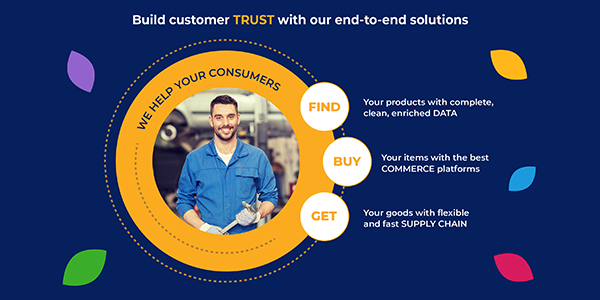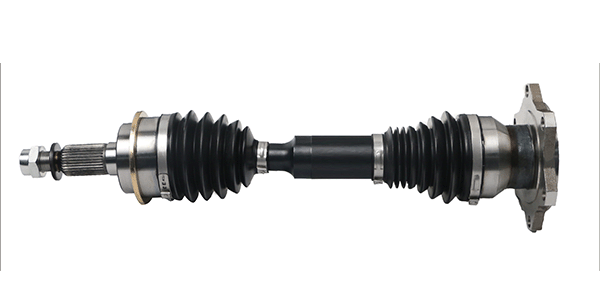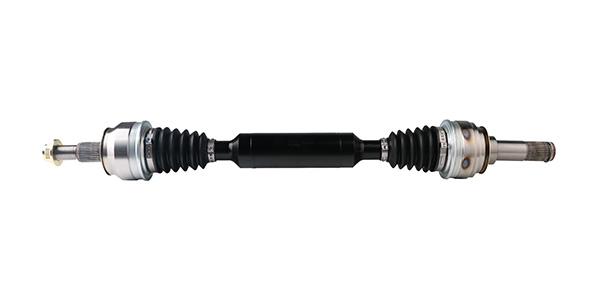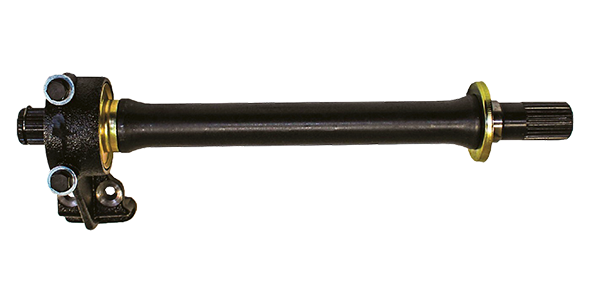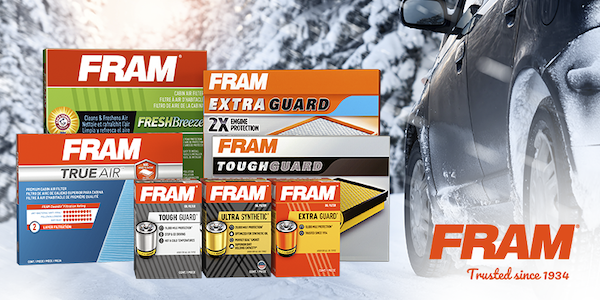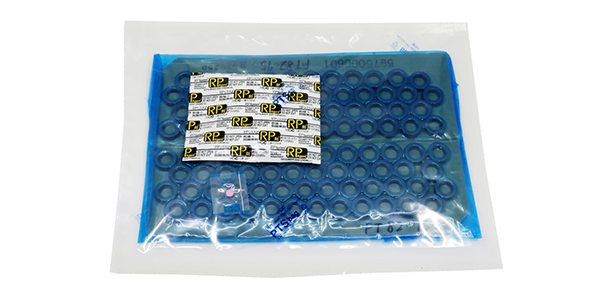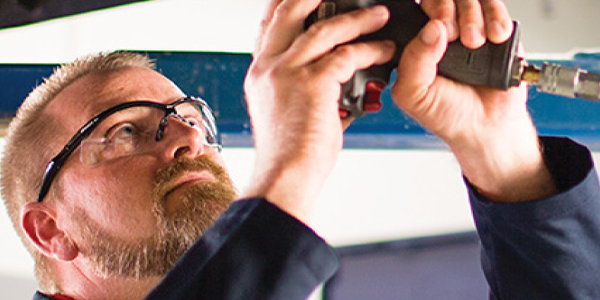The world around us is continually changing, and the traditional boundaries of commerce are rapidly being redrawn. The once-clear lines between manufacturers, distributors, and consumers are blurring, transforming the way we sell online. Today, eCommerce isn’t just about selling more parts but reimagining current business models. From focusing on the end consumer’s needs and preferences to leveraging growth with distribution partners and owning consumer data, manufacturers are poised to take center stage in the ecommerce realm.
Auto parts manufacturers have a unique opportunity to redefine their relationship with their end consumers while leveraging the power of their current distribution network through innovative direct-to-consumer (D2C) models.
Focusing on the End Consumer
Traditionally, parts manufacturers worked behind the scenes and relied heavily on distributors and retailers to sell their products to the end consumer. However, there has been a recent paradigm shift that has placed the end consumer at the forefront of business strategies. This is due to the increasing demands for personalized experiences and solutions tailored to their specific needs. Today’s consumer is tech-savvy, well-informed, and expects a seamless online experience. It is time for parts manufacturers to invest in a user-friendly eCommerce platform, offer comprehensive product information, and provide the great shopping experience their customers expect.
For parts manufacturers, this means adopting new ways to cater to that end buyer. By focusing on the end buyer and making them the top priority, manufacturers have the opportunity to provide a level of personalization that drives strong brand loyalty and higher customer satisfaction. For example, after learning that the majority of customers own a specific vehicle, a parts manufacturer could offer parts for that specific car model or offer solutions that address unique challenges their consumers face. By focusing on the end consumer, manufacturers are able to adapt to changing consumer behaviors.
Additionally, by adopting these solutions, manufacturers are able to gather invaluable feedback from their customers that they otherwise may have missed. With an eCommerce driven D2C business model, manufacturers can gain real-time insights from their customers that can, in turn, inform product development and other innovations to better meet their needs.
Owning Consumer Data and Speaking Directly to Customers
Historically, manufacturers have been somewhat removed from end-consumer data and lacked direct insight into the preferences and behaviors of the individuals buying their products. Now, this is changing, and for parts manufacturers adopting a D2C model, owning consumer data is not just a byproduct of online transactions; it’s a strategic asset that can drive growth and enhance the customer experience.
Owning customer data can have several benefits for manufacturers. First, it allows for personalized marketing rather than one-size-fits-all campaigns. With the ability to segment their audience based on purchasing history, browsing behavior, and other metrics, manufacturers can develop more effective marketing campaigns, gain higher conversion rates, and increase customer loyalty.
Additionally, owning customer data and adopting a robust eCommerce platform allows manufacturers to communicate directly with their customers in real time. Whether it is addressing consumer questions, seeking feedback, or offering support, a direct line of communication strengthens loyalty and provides the opportunity for manufacturers to educate customers about products.
Leveraged Growth with Distribution Partners
A leading concern among manufacturers when adopting a D2C model is channel conflict. An effective D2C eCommerce model doesn’t signify the end of traditional distribution channels. Manufacturers are presented with a unique opportunity to rethink and strengthen these relationships today. Distribution partners have served as the cornerstone of traditional business models, but now these partnerships can be leveraged to drive mutual growth.
By integrating eCommerce strategies with existing distribution channels, manufacturers can offer consumers real-time inventory updates, streamlined order processing, and faster delivery times. Not only does this enhance the customer experience, but also reduces operational inefficiencies for both the manufacturer and the distributor. For example, a manufacturer can use the eCommerce platform to forecast demand more accurately and ensure distributors are always stocked with inventory.
This approach also allows manufacturers and distributors to share marketing and promotional efforts by aligning their strategies. This helps them target a larger audience, cross-promote products, and offer bundled solutions. Additionally, manufacturers and distributors can collectively gather consumer data to identify new market trends and tailor those shared marketing strategies to better target their audience.
Bottom Line
As we navigate this new era of commerce, it’s clear that success lies in rethinking the way we do business. Focusing on the end consumer, leveraging growth with distribution partners, and owning consumer data can help parts manufacturers remain competitive in a rapidly changing online world are the keys to success. This shift isn’t solely about increasing parts sales, but building stronger relationships with customers and distributors. Those who embrace these changes and adapt will not only survive but thrive.
At the forefront of this transformation is RevolutionParts, dedicated to empowering parts manufacturers with tailored eCommerce solutions and bridging the gap between wholesale and direct-to-consumer models. The future of manufacturer eCommerce is bright, and with partners like RevolutionParts, your parts business could be ready to seize the opportunity. Learn more by visiting: https://www.revolutionparts.com




